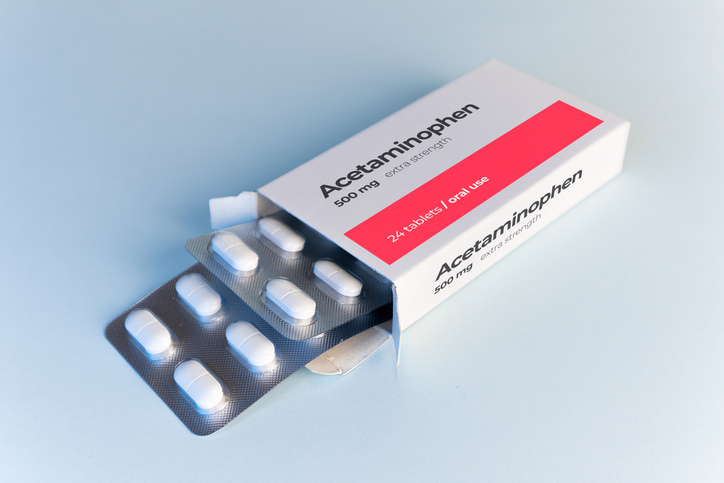The American College of Rheumatology (ACR) and the Vasculitis Foundation released three new clinical practice guidelines for treating and managing systemic vasculitis. Sharon A. Chung, MD, lead investigator behind the guidelines and Director of the Vasculitis Clinic at the University of California, San Francisco, spoke with DocWire News about the latest recommendations and the most important takeaways from the new guidance.
“These guidelines were developed to provide health care practitioners a framework for treating patients with systemic vasculitis, and as well as to provide guidance on important topics to be considered for the management of these diseases,” said Dr. Chung.
What’s Covered in the Guidelines?
Published online and in Arthritis & Rheumatology, the ACR guidelines offer treatment direction for “the most common types of systemic vasculitis treated by rheumatologists,” Dr. Chung told DocWire.
When asked what prompted the development of these guidelines, Dr. Chung responded, “The systemic vasculitides are rare diseases, and many rheumatologists may not have substantial experience treating patients with these diseases. Concurrently, more randomized clinical trials of treatments for systemic vasculitis have been published, and thus patients with vasculitis have more treatment options.”
She explains, “These guidelines provide recommendations for seven types of vasculitis:
- Large vessel vasculitis: Giant cell arteritis and Takayasu arteritis
- Medium vessel vasculitis: polyarteritis nodosa
- ANCA-associated vasculitis: granulomatosis with polyangiitis, microscopic polyangiitis, and eosinophilic granulomatosis for polyangiitis.”
The guidelines offer information regarding all stages of care for these conditions. “For each type of vasculitis, we provide recommendations regarding the use of diagnostic testing (e.g., imaging, laboratory studies, and/or biopsies), preferred treatments, and management considerations (e.g., laboratory monitoring, routine imaging studies, and physical therapy),” said Dr. Chung.
Major Clinical Takeaways
Biologics are an important topic covered in the recommendations. “The guidelines support the increasing use of biologics for the management of systemic vasculitides,” said Dr. Chung. “Examples are support for the use of:
- tocilizumab in giant cell arteritis
- TNF-alpha inhibitors in Takayasu arteritis
- rituximab for granulomatosis with polyangiitis and microscopic polyangiitis
- mepolizumab for eosinophilic granulomatosis with polyangiitis.”
With these recommendations, physicians may be less hesitant to use new biologics in practice. “The efficacy of many of these agents for vasculitis have only been recognized in the past few years, and thus practitioners may have some reluctance to use them,” said Dr. Chung.
Another key takeaway is “support for minimizing glucocorticoid (e.g., prednisone) exposure to decrease glucocorticoid toxicity,” said Dr. Chung.
She adds, “Lastly, we advocate for the use of imaging to help identify extent of disease for both large and medium vessel vasculitis (polyarteritis nodosa). “
Looking Forward
Dr. Chung also commented on next steps and future areas of research in the treatment of vasculitis. She explains, “Future areas of research that would facilitate management of these conditions include identification of biomarkers or other non-invasive tests that can quantify disease activity or predict disease outcomes. Trials are needed to inform the optimal duration of therapy, the comparative effectiveness of therapies we currently use, and new treatments with less toxicity. Long-term studies are needed to understand how our therapies change the course of disease and their safety. We hope that with additional knowledge in these areas, we will be able to update these recommendations in the future.”







 © 2025 Mashup Media, LLC, a Formedics Property. All Rights Reserved.
© 2025 Mashup Media, LLC, a Formedics Property. All Rights Reserved.